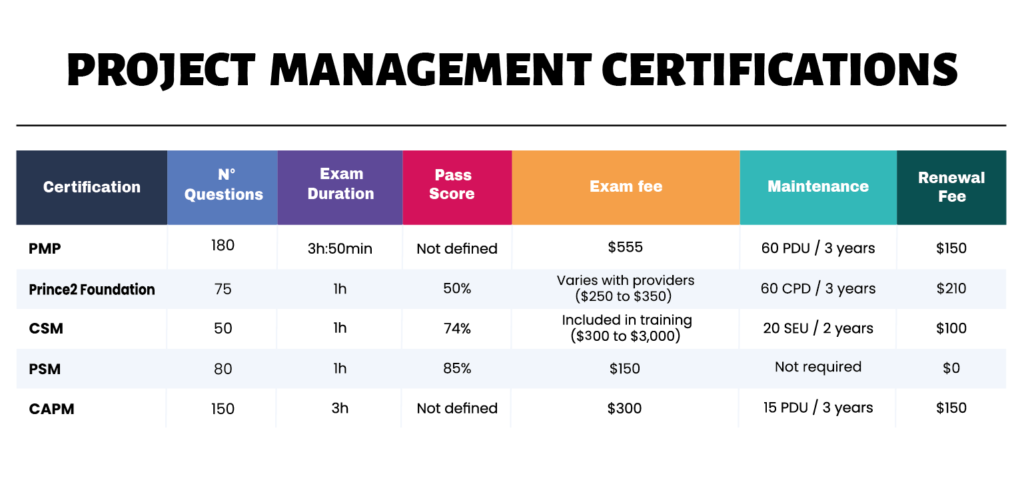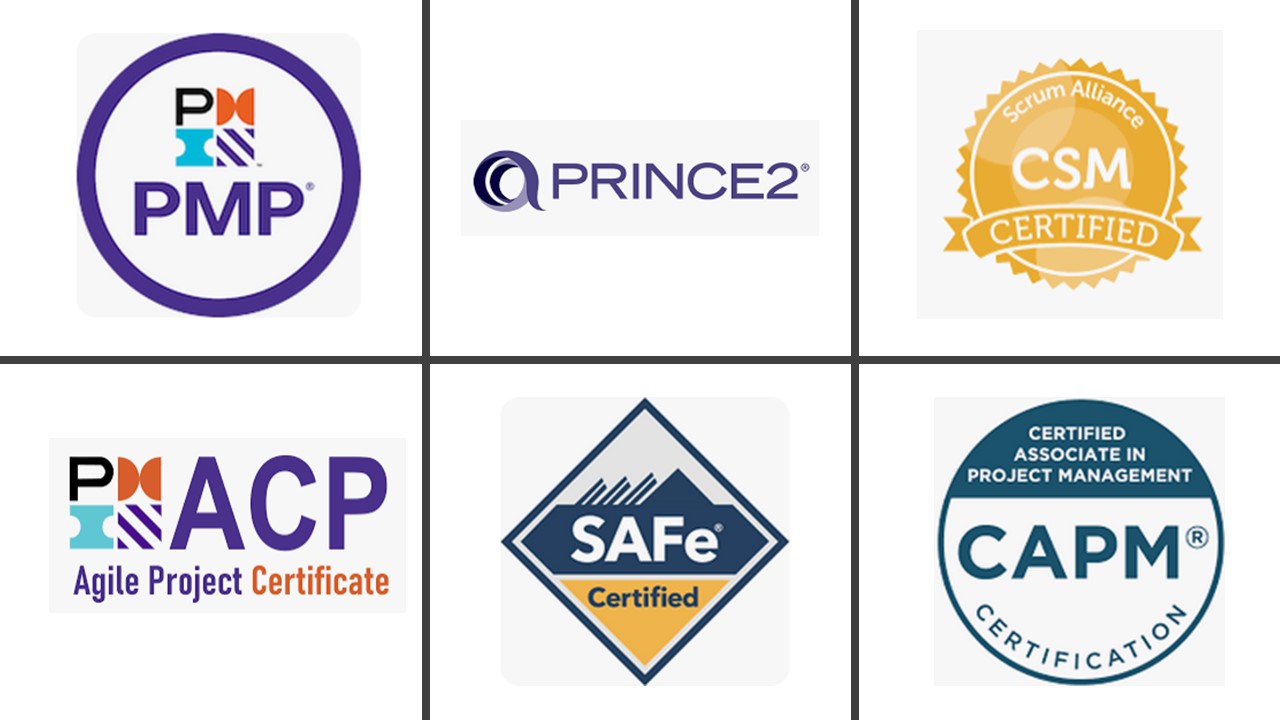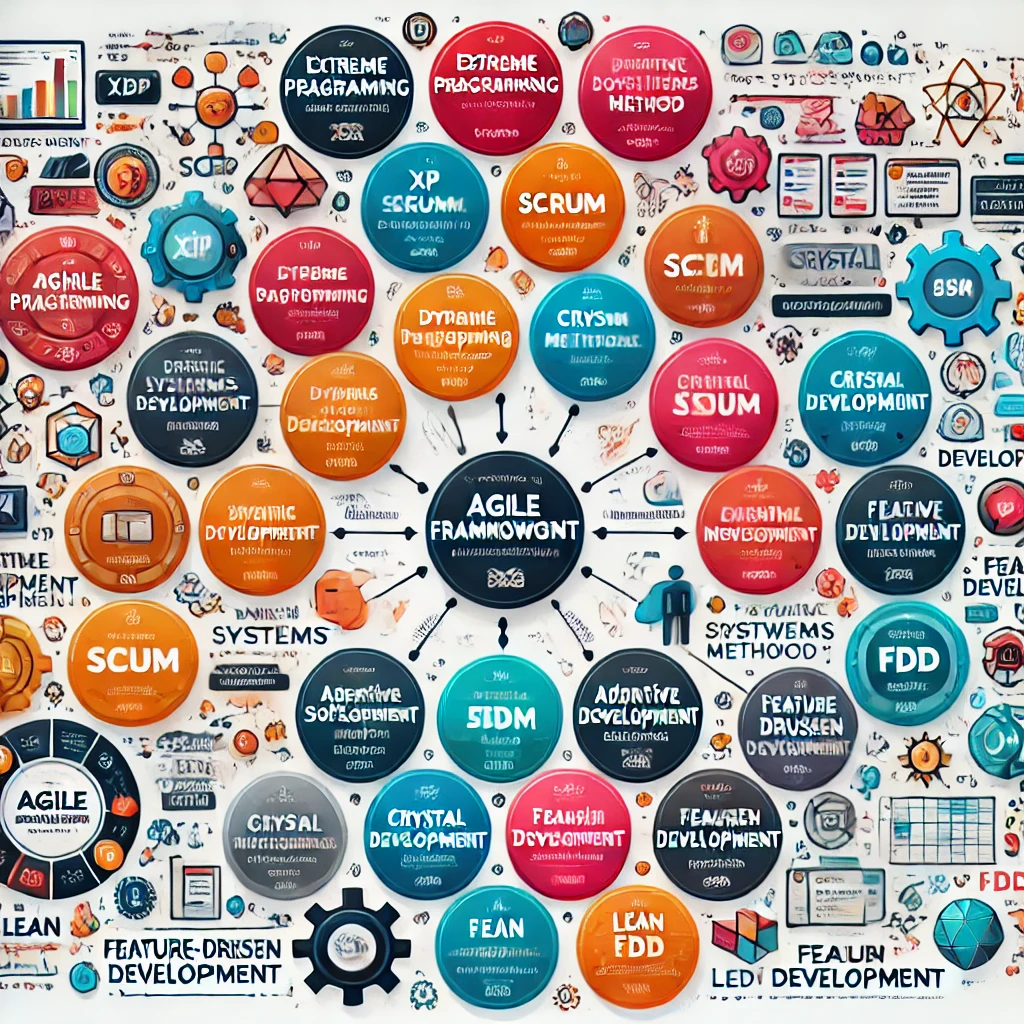Agile Methods - An In-Depth Exploration for Project Managers and DevOps Professionals
Agile methodologies consist of a set of principles, practices, and methods that enable adaptive software development, optimizing both the process and the end product. These methodologies promote a philosophy centered around teamwork, self-organization, responsibility, and a strong emphasis on customer needs and organizational goals.
Agile approaches are particularly well-suited to projects characterized by changing requirements, autonomy in decision-making, and small, self-organized teams. They foster a dynamic environment where frequent inspection, adaptation, and continuous learning drive high-quality software delivery. As a Project Manager with a focus on DevOps and Agile, I find that these methodologies provide robust frameworks that allow teams to respond effectively to evolving project demands.
Key Characteristics of Agile Projects
s Agile projects typically share several common traits, including:
- Flexibility in Requirements: Agile projects welcome changing requirements, providing teams with the freedom to adapt as needed.
- Decision-Making Autonomy: Teams have the authority to make decisions, encouraging ownership and accountability.
- Self-Organized Teams: Roles are fluid, with no rigid specialization, enabling team members to contribute where needed.
- Small Team Sizes: Agile methodologies are particularly effective with smaller teams, allowing for close collaboration and swift decision-making.
- Regular Product Evaluation: Continuous feedback loops allow for iterative improvements and course correction throughout the development process.
- Knowledge Sharing: Agile environments emphasize knowledge transfer, enhancing team cohesion and individual growth.
- Adaptive Processes: Agile teams focus on tasks and activities that address the evolving needs of the project, rather than following a rigid plan.
- Balanced Control and Creativity: Agile frameworks provide subtle oversight to ensure alignment with goals without stifling creativity and flexibility.
These characteristics make agile methodologies ideal for a variety of projects, particularly those in fast-paced, rapidly changing environments. However, it is essential to recognize the limitations of agile approaches. They may not be well-suited to projects requiring rigid structure, low tolerance for change, or limited opportunities for communication and collaboration.
Common Agile Methodologies
Agile is an umbrella term encompassing several methodologies, each with unique practices and strengths. Below, we explore some of the most widely used agile methods and their applications.
1. Extreme Programming (XP)
Extreme Programming (XP) is a highly adaptive agile methodology that accommodates changes in requirements at any stage of the project. It emphasizes:
- Interpersonal Relationships: XP fosters a collaborative work environment, emphasizing teamwork, learning, and communication.
- Frequent Feedback: Continuous user involvement and feedback ensure that the project remains aligned with user needs.
- Simplicity and Quality: XP incorporates practices like Test-Driven Development (TDD) and Continuous Refactoring to maintain a clean codebase and enhance quality.
XP is particularly well-suited for projects with unclear or rapidly changing requirements, as well as those involving significant technical risks. Its focus on technical excellence and collaborative culture makes it a powerful approach for dynamic and complex projects.
2. Scrum
Scrum, developed by Ken Schwaber, Jeff Sutherland, and Mike Beedle, is one of the most popular agile methodologies. It uses an iterative and incremental approach to manage and control complex software projects. Key features of Scrum include:
- Time-Boxed Sprints: Work is organized into short, fixed-duration iterations called sprints, typically lasting 2-4 weeks.
- Defined Roles: Scrum teams consist of a Product Owner, Scrum Master, and Development Team, each with specific responsibilities.
- Regular Ceremonies: Scrum includes structured meetings like Daily Stand-Ups, Sprint Planning, Sprint Reviews, and Retrospectives to ensure continuous progress and alignment.
Scrum is effective for both development and maintenance projects, and its framework provides structure while allowing for flexibility in execution.
3. Dynamic Systems Development Method (DSDM)
DSDM is an agile approach based on the principles of Rapid Application Development (RAD). It emphasizes:
- User Involvement: Continuous user input ensures that the product aligns with business needs.
- Fixed Time and Budget: DSDM projects have predetermined timelines and budgets, focusing on delivering the most critical features within these constraints.
- Iterative and Incremental Development: Regular feedback loops allow for adaptation and continuous improvement.
DSDM is particularly suitable for projects where timely delivery and adherence to budget are critical. It provides a structured framework while remaining adaptable to changing requirements.
4. Crystal Methodologies
Crystal is a family of agile methodologies created by Alistair Cockburn, focusing on the people involved in the project and minimizing process overhead. Key aspects include:
- People-Centric Approach: Crystal emphasizes the importance of team members’ skills and interactions.
- Adaptability: The methodology is flexible, with different variations (e.g., Crystal Clear, Crystal Yellow) tailored to project size and criticality.
- Communication and Collaboration: Crystal treats software development as a cooperative game, where effective communication is essential for success.
Crystal is particularly effective for projects with varying levels of criticality and complexity, offering a range of methods that can be adapted to the specific needs of the team and project.
5. Adaptive Software Development (ASD)
ASD, developed by Jim Highsmith, is characterized by its iterative and flexible approach to change. Its lifecycle consists of three phases:
- Speculation: Initial planning and feature prioritization based on anticipated needs.
- Collaboration: Active engagement with stakeholders during feature development to ensure alignment.
- Learning: Regular reviews and reflections to identify improvements and integrate lessons learned.
ASD is well-suited to projects with high uncertainty and frequent changes, as it promotes continuous learning and adaptation.
6. Feature-Driven Development (FDD)
FDD, created by Jeff De Luca and Peter Coad, focuses on delivering software based on a list of features. Key characteristics include:
- Feature List: The project begins with a comprehensive list of features that the software must include.
- Iterative Design and Implementation: Features are developed through short, iterative cycles, with regular reviews to ensure quality.
- Focus on Design: FDD emphasizes strong design practices, ensuring that the software’s architecture is robust and scalable.
FDD is effective for projects with well-defined requirements and a need for structured, incremental delivery.
7. Lean Development (LD)
Lean Development applies Lean principles to software development, treating changes as opportunities rather than risks. Key aspects include:
- Value Focus: Lean prioritizes features that add value for the customer, eliminating wasteful activities.
- Empowered Teams: Teams are encouraged to make decisions at the lowest level possible, fostering a culture of accountability.
- Continuous Improvement: Lean emphasizes Kaizen, or continuous improvement, encouraging teams to optimize their processes iteratively.
Lean is particularly effective for projects aiming to maximize efficiency and minimize waste, making it a valuable approach for resource-constrained environments.
8. Other Agile Methods
Other agile methods include Crystal Clear, a variation of Crystal methodologies, and Agile Unified Process (AUP), which adapts the Rational Unified Process (RUP) for agile environments. Both methods incorporate agile principles like flexibility and customer focus, while also addressing specific project needs.
Agile methodologies provide a diverse toolkit for managing software projects in dynamic environments. By promoting adaptability, collaboration, and continuous improvement, agile methods empower teams to deliver high-quality software that meets evolving customer needs. Each methodology, from XP to Lean Development, offers unique strengths that can be tailored to the specific requirements of a project.
For Project Managers and DevOps professionals, understanding the nuances of these methodologies is essential. Agile is not a one-size-fits-all solution; selecting the right approach requires a thorough assessment of project characteristics, team capabilities, and organizational goals. By leveraging agile methods effectively, teams can achieve greater productivity, enhance quality, and foster a culture of innovation and continuous learning.


